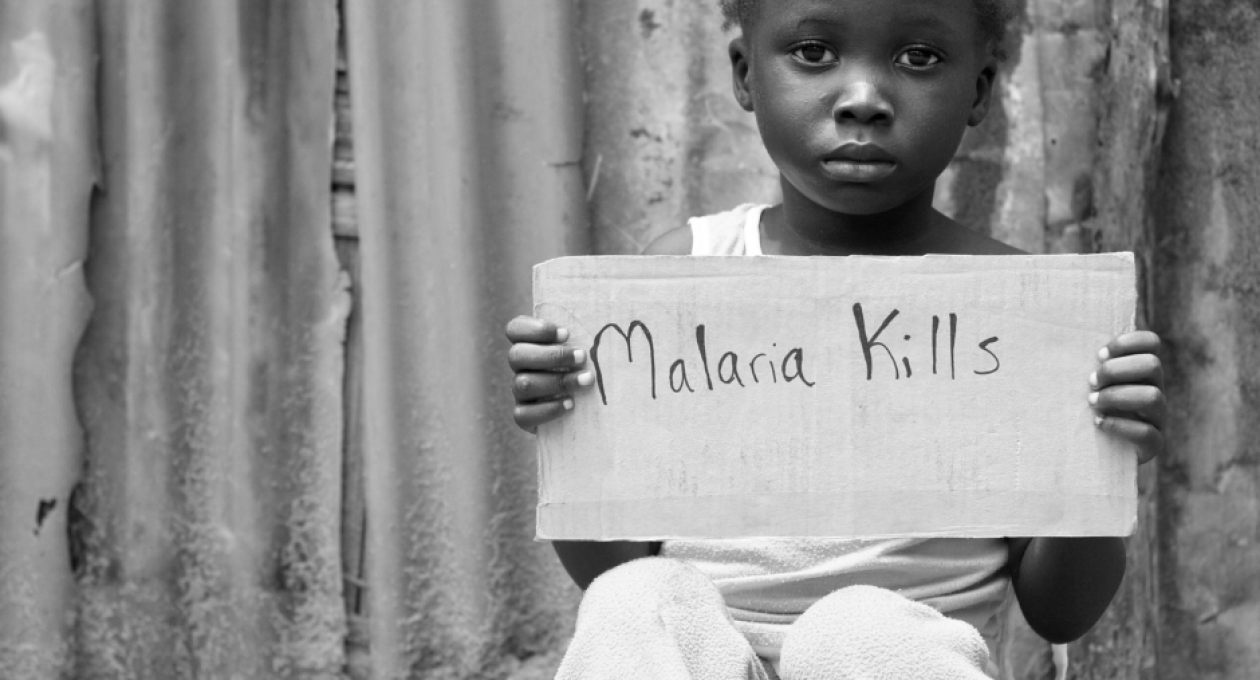CHILDREN AND MALARIA
The highest burden of malaria is in sub-Saharan Africa, where about 90% of all malaria deaths occur, with children under five accounting for 78% of these deaths. That’s 1,300 children dying every day from the disease. It is painful to see a child die of malaria which is a preventable and treatable disease. Malaria becomes deadly when it is severe. Malaria can lead to renal failure, respiratory distress, hypoglycemia, coma, and death. If malaria is treated early it will not lead to these fatal conditions and the cost of treatment will be reduced.
When a child dies in the community, the community members have four to five days of mourning and sometimes it goes for weeks if the money for the funeral arrangement is not enough. Community members come together and raise funds for the burial ceremony and pay for the hospital bills which sometimes go up to one hundred thousand Kenya shillings.
HOW MALARIA IS TRANSMITTED
Malaria is a disease transmitted by infected mosquitoes that inject a parasite into the bloodstream. The parasite then travels to the liver and reproduces, causing high fevers, chills, and muscle aches. If left untreated, severe, life-threatening malaria can result in respiratory distress and an inability to keep down fluids, resulting in dehydration, severe anemia, seizures, coma, and death.
MALARIA IN KENYA
In Kenya, 1 in 5 childhood deaths is from malaria. Every 7 seconds, a new malaria case is reported in Kenya.
Agriculture is the mainstay of Kenya’s economy, contributing over one-third of the gross domestic product (GDP) and employing 75% of the workforce. Tea, coffee, horticulture, and maize are the primary export commodities from the community that Vill-Angel Medical Clinic serves. Irrigation of these areas provides breeding sites for mosquitoes, thus increasing malaria transmission, especially during the rainy season.
HOW THE VILL ANGEL MEDICAL CLINIC TREATS MALARIA
Vill-Angel Medical Clinic in Endebess, Kenya, has the medical professionals to diagnose and treat rapidly. To strengthen its fight against malaria, Vill-Angel uses a rapid malaria diagnostic test kit to ensure proper diagnosis. We also have a microscope which is the gold standard for diagnosing malaria. Microscopes can identify the various species of malaria and report on the stage of the malaria parasite.
Kenya is approaching the malaria high season. We want to be ready to ensure every child grows up with health and opportunity. A donation as little as $5 will pay for the treatment needed for one child who contracts malaria.
1. Figures for 2020 according to WHO: http://www.who.int/malaria/en/
2. The WHO estimates that in 2020 (latest data, as of writing), 77% of all deaths were in children younger than five years old. The IHME’s Global Burden of Disease also estimates that the majority of malaria deaths are in children younger than five years. According to their research, the share of children younger than five among malaria victims fell slightly over the course of the last generation, from 66% in 1990 to 55% in 2019. Here is their data: https://ourworldindata.org/grapher/malaria-deaths-by-age
3. Kenya Ministry of Health. National Malaria Strategy 2009–2017 Available at: http://www.nationalplanningcycles.org/sites/default/files/country_docs/Kenya/kenya_national_malaria_strategy_2009-2017.pdf. Accessed 11 March 2019.
